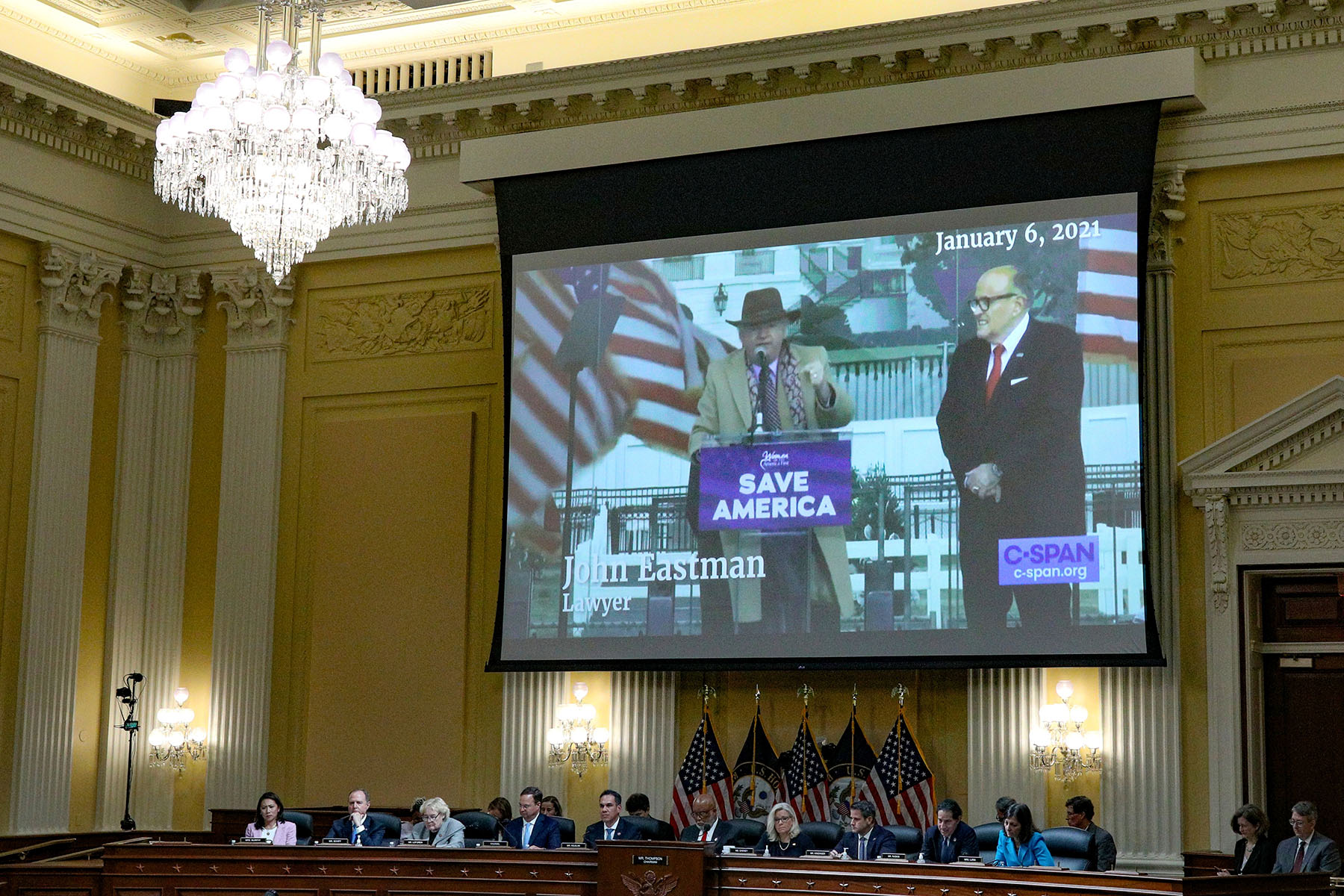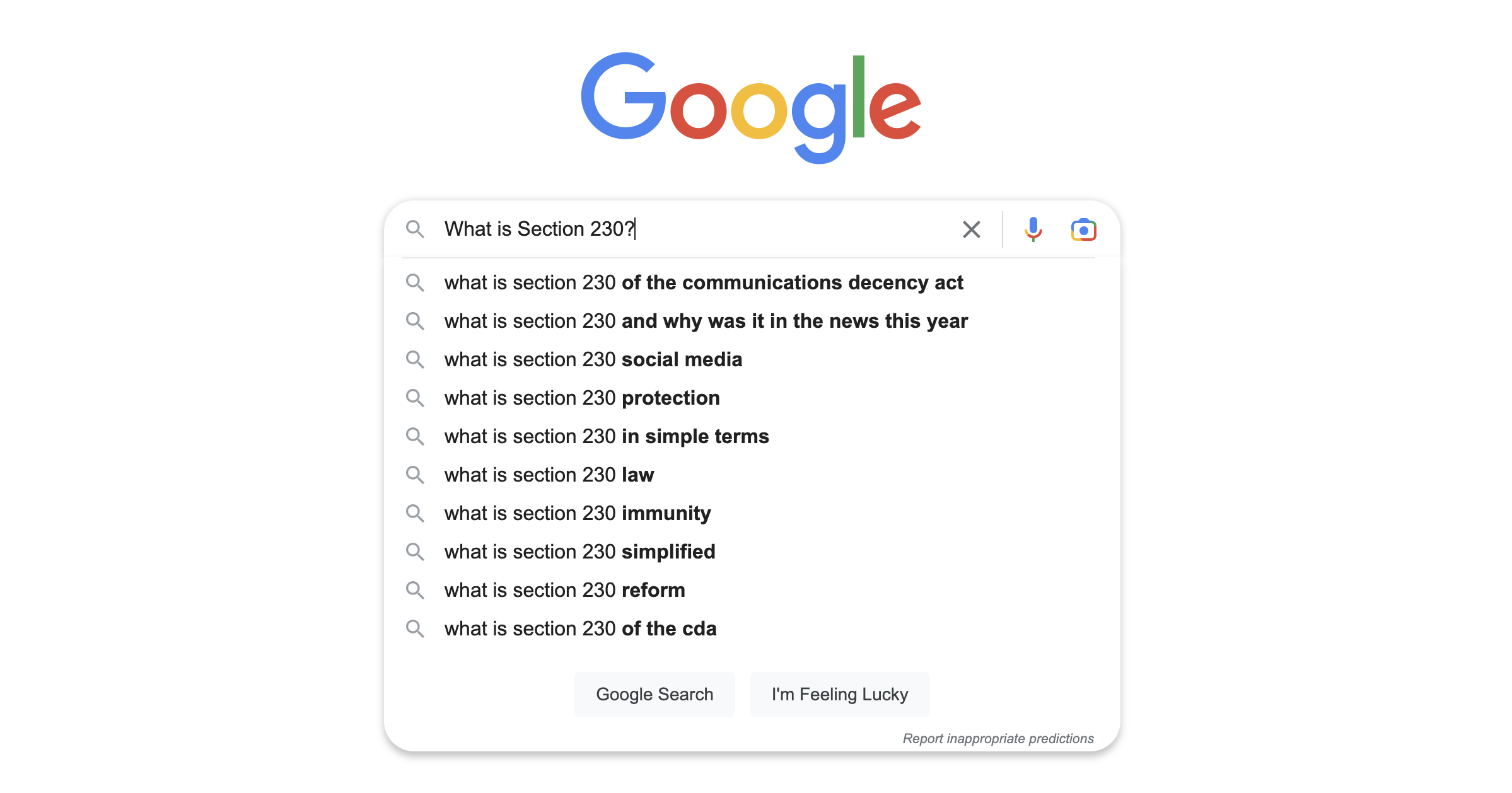By David L. Hudson, Jr.
Is a house – even a carefully planned 20,000 square foot mansion – a form of expressive conduct protected by the First Amendment or is it primarily a place to eat, sleep, and live without expressive elements? That was the question that led to a spirited debate among a sharply divided three-judge panel of the Eleventh U.S. Circuit Court of Appeals in Burns v. Town of Palm Beach.
The First Amendment protects a lot of things ranging from tattoos to nearly nude performance dancing to burning an American flag as a form of protest. The Eleventh Circuit sparred sharply over whether the First Amendment also protects what might be considered expressive elements in residential architecture. Ultimately, the panel ruled 2-1 against a Palm Beach homeowner who sought to replace his existing home with a 20,000 square foot home in the minimalist International Style. The majority reasoned that the new mansion “looked like an elephant next to his neighbors’ poodles.”
Donald A. Burns had lived in Palm Beach for years in a 10,063 square-foot-home in a traditional Bermuda style on the Atlantic Ocean in Palm Beach. However, in 2013 Burns decided to scrap his traditional home to build a new mansion—originally slated at 25,000 square feet— in a mid century modern style. Burns indicated that he wanted his new home “to be a means of communication and expression of the person inside me.” He also contended that it communicated his message that he was different from his neighbors.
However, the town council submitted the plans to a seven-member architectural review commission, which had to approve of the plans. The committee balked at the new mansion because it was very dissimilar to other homes in the area, and was too large compared to surrounding homes. Burns submitted two redesigns, but ultimately the commission voted 5-2 against his plans for a new home.
Instead of appealing the commission’s decision to the town council and then to the state circuit court, Burns sued in federal district court. He alleged that the commission and town violated the First Amendment by prohibiting him from engaging in his expressive conduct through his preferred residential architectural style.
A federal magistrate ruled against Burns, finding that the predominant purpose of his new mansion was not to convey expression. Instead, the magistrate judge deemed the home as non-expressive and said its primary purpose was to serve as a residence.
The federal district court adopted the magistrate’s findings and also ruled against Burns. The district court also applied the three-part predominant purpose test from Mastrovincenzo v. City of New York (Second Cir. 2006). This test asks whether (1) the owner of the structure subjectively intends to convey a message; (2) the predominant purpose of the structure was to communicate a message; and (3) a reasonable observer likely would understand the message.
The district court, like the magistrate, concluded that the predominant purpose of the structure was to serve as a residence. The district court also determined that a reasonable observer would not understand Burns’ message.
Burns then appealed to the Eleventh Circuit Court of Appeals, which ruled against him 2-1. Writing for the majority, Judge Robert Luck applied a different test to determine whether residential architecture was a form of expressive conduct that merited First Amendment protection.
Luck applied the Supreme Court’s two-part test from U.S. Supreme Court decisions Spence v. Washington (1974) and Texas v. Johnson (1989). Under this two-part test, there must be (1) an intent to convey a particularized message and (2) a likelihood that the message would be reasonably understood by observers.
Palm Beach had conceded to the magistrate that Burns had an intent to convey a particularized message. However, the Eleventh Circuit majority wrote that “a reasonable viewer would not infer some sort of message from Burns’s new mansion, because, quite simply, a viewer can’t see it.”
The majority referred to the fact that Burns’s design for his home “called for carefully shielding” most of his home from public view behind a limestone wall and louvered gate.
Burns had argued that the Supreme Court often protected homeowners’ expression in City of Ladue v. Gilleo (1994) and Stanley v. Georgia (1969). In Gilleo, the Court struck down a ban on yard signs and in Stanley, the Court invalidated a man’s obscenity conviction for dirty movies he viewed in his home.
But Judge Luck reasoned that “[n]either Gilleo nor Stanley involved expressive conduct, much less expressive conduct and architecture.” Instead, political signs and films are much closer to pure speech than a building.
Luck later added that “a reasonable observer would view Burns’s new mansion as a really big house, but not as an expression of some sort of message.”
Judge Stanley Marcus authored a vigorous dissenting opinion in which he criticized his panel colleagues for giving short shrift to First Amendment principles. “In my view, the First Amendment—the most powerful commitment to think, speak, and express in the history of the world—does not permit the government to impose its majoritarian aesthetic whims on Burns without a substantial reason.”
He added that the First Amendment “protects artistic expression in a person’s home as powerfully as in the public square.”
Marcus emphasized that architecture is a respected form of art and should merit First Amendment protection. He also criticized his colleagues’ application of the Spence-Johnson test, writing: “It also would be hard to understand why Burns’s design created so much controversy—controversy that made it all the way to the United States Court of Appeals—if the house would not be visible to the public at all.” After all, according to Marcus, “it was the house’s visibility —especially the visibility of the International Style elements—that generated heated opposition.”
David L. Hudson, Jr. is an assistant professor of law at Belmont University College of Law, and the author of First Amendment: Freedom of Speech (2012). He is also a legal fellow at First Amendment Watch.
Tags




